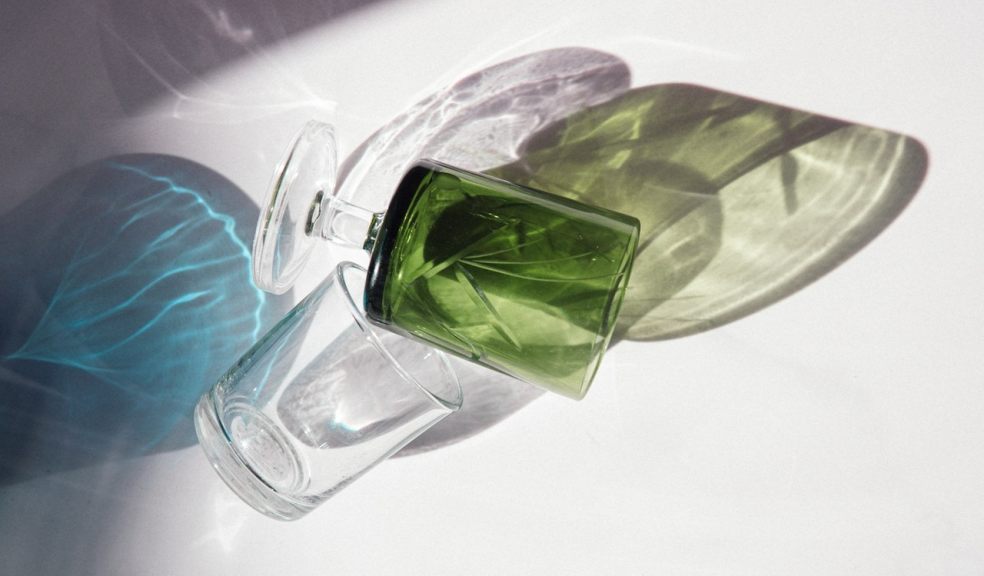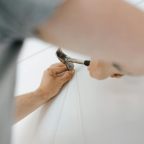
Can You Repair Glassware with Glass Glue? A Practical Guide
Glassware, it’s not only a grandma thing, most of us have one or a couple of pieces we care about, whether it’s a cherished heirloom, a delicate wine glass, or a quirky vase, it can be both beautiful and fragile. In all houses around the world, accidents do happen, and many times our beloved glass items end up with a crack, a chip, or even a clean break.
Those are unfortunate but also unavoidable and many of us are left wondering: Can I restore that cracked champagne flute or mend that shattered glass ornament? Let’s find out!
In this article, we’ll explore the art of repairing glassware using glass glue, and learn how to fix it.
Understanding the Basics
So far, the uses of glass glue that most people are familiar with are to quickly fix your car windshield or a triple glazed window in your house, it’s surprising how people limited the uses of an incredible tool.
Glass glue is specifically designed for bonding glass surfaces, and this includes glassware and other stuff other than a window. It’s typically a clear adhesive that forms a strong, transparent bond when applied correctly, which makes it perfect for all kinds of glosses (colored, with patterns, etc)
Some glass glues are also UV-curable, which means they harden under ultraviolet light.
Assessing the Damage
Now, that we understand a bit more about glass glue, the next step is assessing the damage. While enough glue can fix and get together several pieces, sometimes it’s better to just throw it away.
Also, you need to keep in mind that not all glass breaks are created equal. A small chip on the rim of a wine glassrequires a different approach than a shattered vase.
You need to consider the type of break and the thickness of the glass. Thinner glass may need more delicate handling.
Choosing the Right Glass Glue
Selecting the right glue is crucial, but it won’t be the main thing you should be worried about. Just keep in mind what you need and choose accordingly.
For example, clear glue is ideal for most repairs, but colored glues can add a decorative touch. Look for heat-resistant options if you plan to use the glassware for hot beverages, and always opt for food-safe glues if you’re fixing a plate or a glass you’ll eat or drink from.
Preparing for Repair
Cleanliness matters! Make sure the glass surfaces are free of dust, grease, and fingerprints, otherwise, you can get a stain glued on the glass for the rest of its lifespan.
Next, start to gather your tools: a pair of gloves, cotton swabs, toothpicks, and a steady hand.
The Repair Process
The repair process is not hard once you have tackled all of the previous points. Here’s how a general repair will go:
- Apply the Glue: Here is always best to follow the manufacturer’s instructions. But you’re good with applying a thin, even layer of glue to one of the broken surfaces.
- Align the Pieces: Gently fit the broken edges together. Hold them in place until the glue sets, or you can use tools to hold them.
- Curing Time: Be patient! Let the glue cure for the recommended time (usually 24 hours).
- Trim Excess Glue: Once cured, trim any excess glue with a razor blade.
- Polish: Buff the repaired area to restore its shine.
Things to Know
- Handle glass shards with care. Ventilate the area while working with glue. Safety first!
- Don’t rush the process. Too much glue can create a messy repair. Take your time, it’s worth it!
- For complex breaks or valuable pieces like antiques, you should consider a professional restoration service first.
Conclusion
Repairing glassware with glass glue is both an art and a science, many people take it as a hobby, and others just to save a precious item. The truth is that with patience, attention to detail, and the right glue, you can give new life to your cherished glass items.
So go ahead, fix that cracked goblet or that vintage glass bowl. Cheers to creativity and resourcefulness!
FAQs (Frequently Asked Questions)
Can I use super glue instead of glass glue?
- While super glue can work in a pinch, it’s not specifically designed for glass and can be more noticeable leaving white marks after it’s dry. Glass glue provides a more reliable and transparent bond.
Is there a way to remove excess glue after it dries?
- Yes! You can scrape off the excess glue with a razor blade or fine sandpaper.
Can I repair antique glassware without compromising its value?
- For antiques and valuable glassware is best to consult a professional conservator. DIY repairs may affect their authenticity or reduce their value a lot.
What if my glassware has sentimental value but is irreparably damaged?
- Consider repurposing it into something new! Can you make a mosaic with it, perhaps? Creativity knows no bounds, and there’s no better solution than that!













